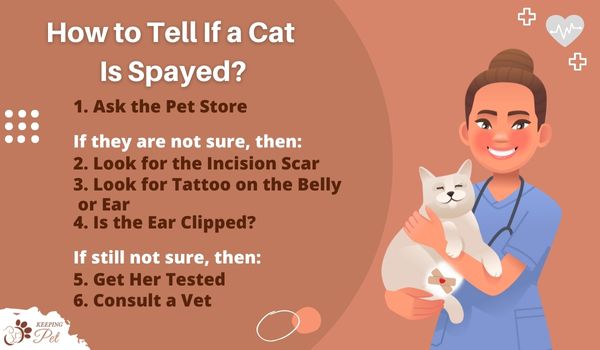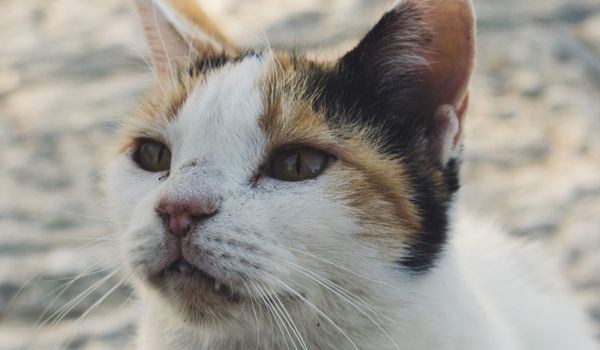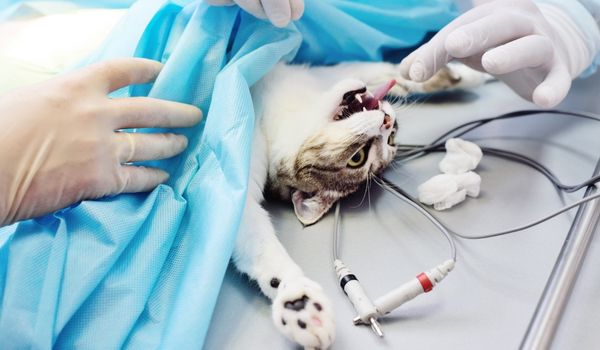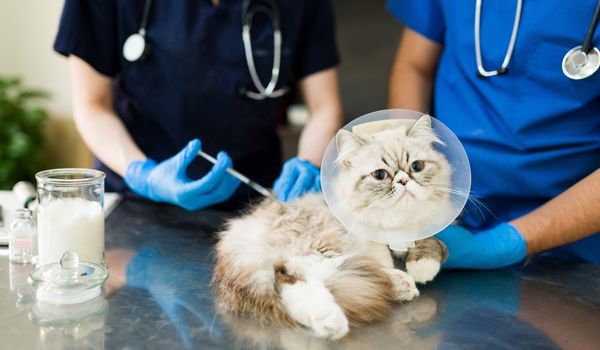Cats are absolutely amazing bundles of joy. To ensure that your kitty remains healthy and the experience just as wonderful, experts suggest spaying them in their kittenhood.
But we adopt kittens at varying ages, and sometimes, we may not be sure if it is spayed or not. So how to tell if a cat is spayed?
While you can get them spayed as soon as possible, you do not wish to put them through the risks and agony of surgery only to find out they were sterilized already. Quite a tight spot it is.
What is Spaying?
So, the first thing that might come to your mind is what all the fuss is about, and what exactly is spaying? It is perfectly fine if you do not know this; let us explain.
It is a medical procedure conducted under the specialized care of a registered vet to remove the “apparatus” of a female cat that allows it to reproduce. It is performed while the animal is under the influence of anesthesia and involves post-surgery care as well.
Traditionally, it meant the removal of the entire system, the ovaries, uterus, and fallopian tubes, referred to as ovariohysterectomy. However, these days you may have the option of having the uterus and part of the fallopian tubes removed (hysterectomy). It would prevent pregnancy, but the intact ovaries would still produce the hormones, prompting the feline behavior associated with breeding instinct.
Another procedure, ovariectomy, involves the removal of the ovaries alone. It effectively eliminates the chances of pregnancy, the onset of heat, or the breeding instinct-related behavior.
How to Tell If a Cat Is Spayed?
While it might seem mind-boggling at first, there are a few ways to tell whether a cat is spayed or not. The easiest way to get all the information about the kitty’s vaccination and spaying status is to ask for the information at the time of purchase from the pet store or previous cat parents.
But it is hard to get by if it is an adoption from a shelter or when the cat is picked from the streets.

You could also try to find out by examining her lower belly or flank for a scar left in the aftermath of the surgery or a tattoo on the lower belly, flank, or inside the ear. The latter is adopted in some cases to indicate that a cat is sterilized.
For feral cats, you can look for a clipping on the left ear, the job of the trap, and release programs aimed at containing the feral cat populations. However, your best bet remains to get it examined and tested by a registered vet.
Understanding the How You Can Tell If a Cat Is Spayed
Spaying is an important medical procedure that needs to be done not just to avoid frustrating and unpleasant feline behaviors but for pet welfare as well. It is tricky to identify if an adopted adult cat has had the procedure.
Mercifully, there are few signs or tests that help you identify if the cat paid a visit to the surgical table.

1. Ask the Pet Store
This one is a no-brainer—just ask the pet store from where you are getting the cat. Welcoming a pet into your home means you are now responsible for its health and well-being. And unless you are prepared to deal with the cat undergoing heat, the time when it is trying to mate with a fellow species, and the litter of kittens that may follow, you might want to know if it is spayed.
While pet stores should be able to give you the cat’s vaccination and spaying history, the same cannot be ascribed to the adoptions made from shelters or the street.
In such cases, proceed to the other suggestions to ascertain her status.
2. Incision Scar
If the cat has undergone a hysterectomy, it is bound to leave a scar in its wake. The trick is how to get to a scare hidden on the furry belly of your dear kitty. Also, you do not wish to spook the little guy while you are at it. Begin by making your pet comfortable.

Now put her down in a belly-up position and softly try to part its fur in the middle of the lower abdomen. You are likely to find a thin, straight scar there, with possible signs of stitching. But as the procedures evolve and more options become available, you may find a scar on the flank.
In other cases, there might not be a visible scar at all, or it may have healed with time. Whether or not there is a scar, it is no definitive way to tell if the cat is indeed spayed.
3. Tattoo on the Belly or Ear
Vets understand the dilemma of pet owners with little to no access to their pet’s medical history. So, they came up with a rather simple solution: tattoos to indicate their spaying/neutering.
Sometimes, you will find a thin, straight green line inked on top of or near the incision. For this one, too, you need to part the cat’s fur to see. Another place to look for such symbolism is the cat’s ear. Depending on the location, various symbols are tattooed on the inside of the pet’s ear to indicate that she has been spayed.
4. Clipped Ear
If you have been honored with the admiration of a feral cat that frequents your home and you are convinced that it belongs with the family but have no clue if she is spayed, notice her ears. Only this time, you are not looking for a tattoo but a tiny part of the ear that is not present.

That’s right! The trap and release programs aimed at controlling the feline colony populations clip a cat’s ear by a fourth of an inch once they’ve altered it. Typically, the left ear is meddled with and will have the clipping done at its tip. You may find another variation of the clipping where a v-shaped clipping is noticeable on the side of the ear.
5. Get Her Tested
Since the signs shared above can be hard to decipher for many and remain inconclusive, getting your cat’s blood work is an excellent way to deal with the problem. Take it to the vet and ask for a blood test to decide whether the cat needs a spaying procedure or it has already had one.
One such suggested test includes an Anti- Müllerian Hormone test. It will help you identify if the ovaries have been removed. It would not prove to be helpful if the cat only had its uterus and fallopian tubes removed since it is the ovary that produces the hormone.
6. Consult a Vet
Irrespective of the conclusion you have arrived at, you still need to pay a visit to the vet’s office. A detailed initial checkup and routine follow-ups enable the specialist to foretell possible complications and otherwise keep your pet in good health.
It would be wise to throw the question at the professional while they are examining your bundle of joy. Since it is the veterinarian dealing here, they would be able to make an assessment with the help of expert examination, observation, and a few tests.
Why Is It Important to Get Your Cat Spayed?
Vets suggest neutering or spaying cats and dogs as a protective measure to keep both the pet and the owner sane and healthy. Here is why. All animals experience a mating season and display certain behaviors to attract the opposite gender for mating.
Cats would do so by spraying urine, yowling, and roaming outdoor to find a possible mate. All of these are a cause of serious trouble and a nuisance for most pet owners.
Negligence in getting your cat sterilized can also cause animal welfare issues. An unwanted pregnancy would inevitably result in kittens that would need to be rehomed. Many who fail to do so end up dropping them to shelters.
But that is not all. There are several health implications of not spaying cats, such as feline breast cancer, ovarian & uterine cancer, and uterine infection. If the cat is not sterilized, you may have to go through the trouble of locating your escaped cat that was looking for a prospective mate. Or even tend to the injuries the pet received in the pursuit.
Final Word: How to Tell If a Cat Is Spayed?
You can tell if a cat is spayed by looking for signs of a previously carried out procedure. These include a scar on the belly or flank from the surgery, a possible tattoo on the belly, flank, or inside the ear, a clipped or notched ear, getting her to the vet to get blood work done, or having her examined possibly in the surgery.


